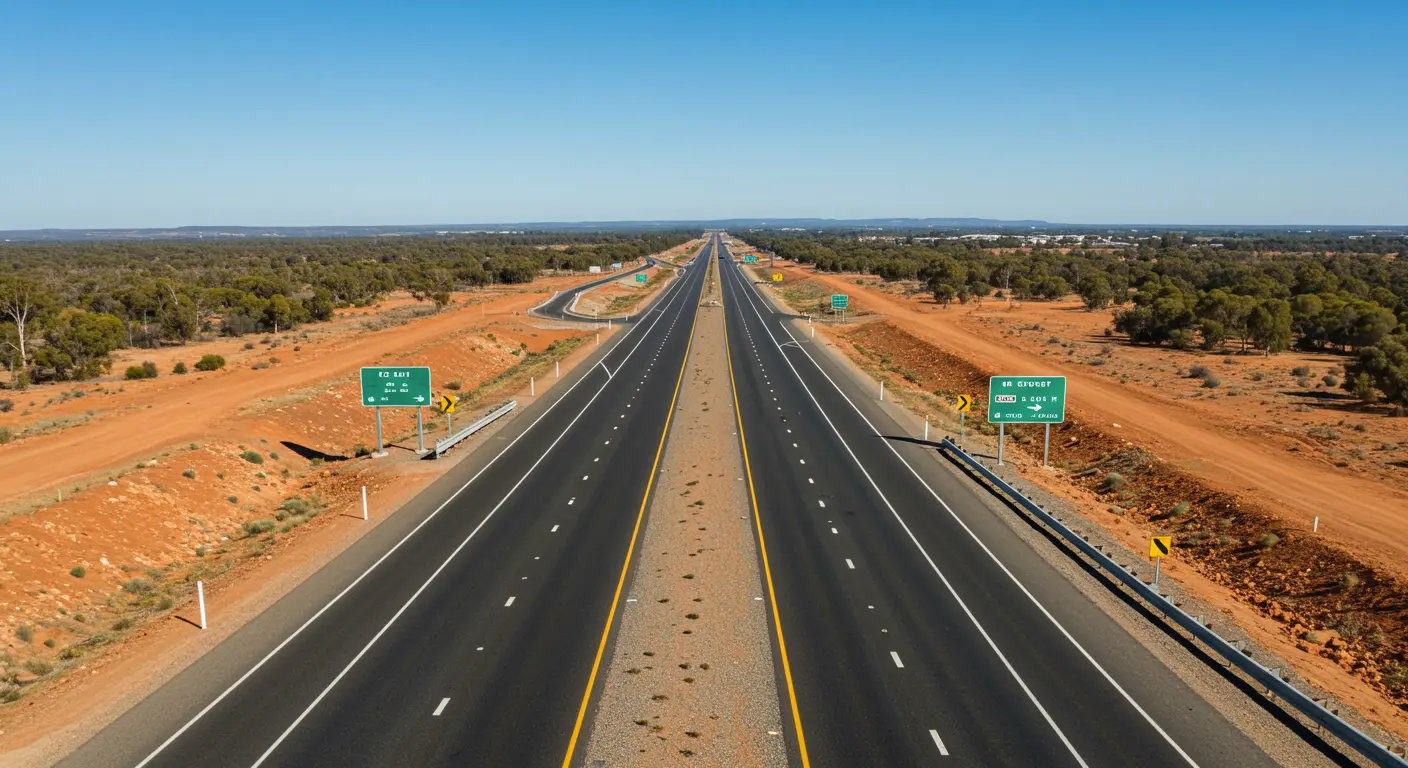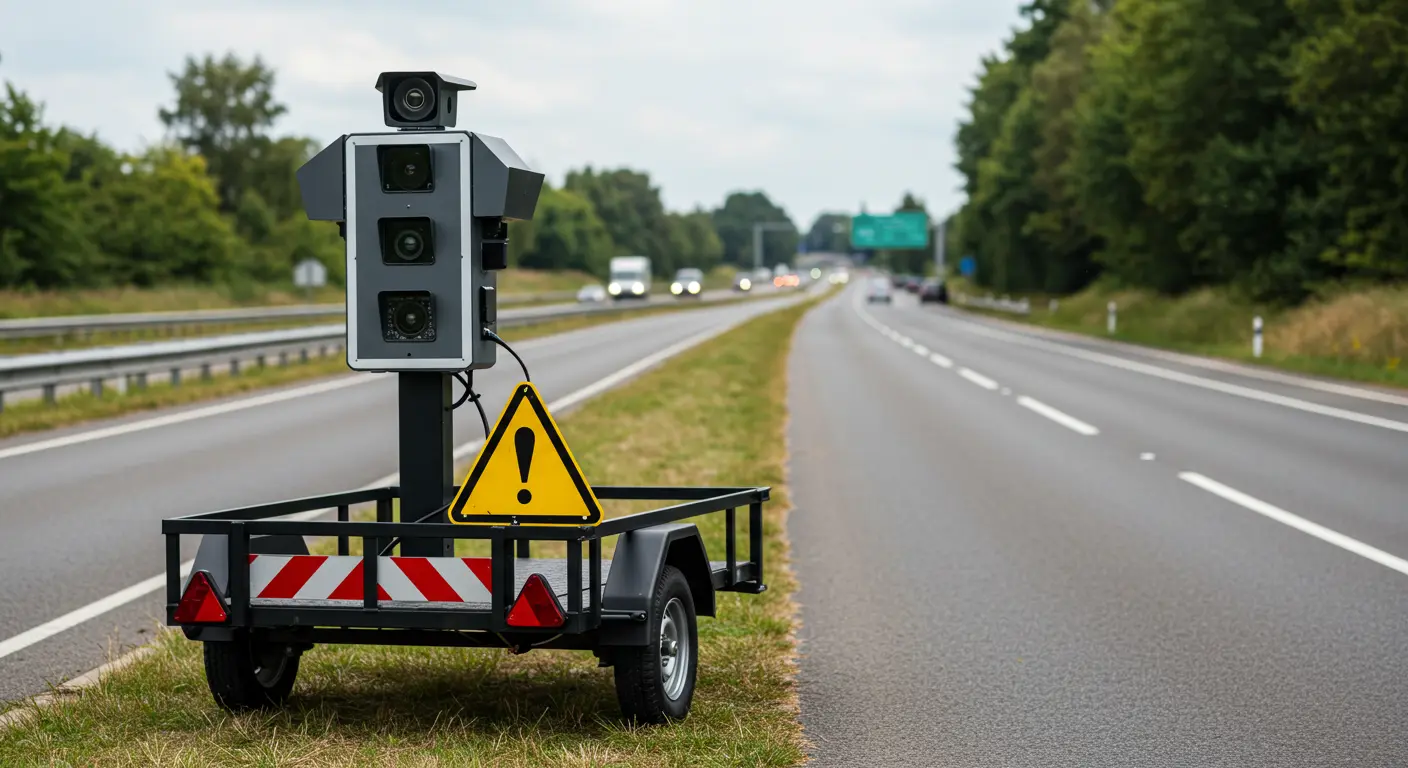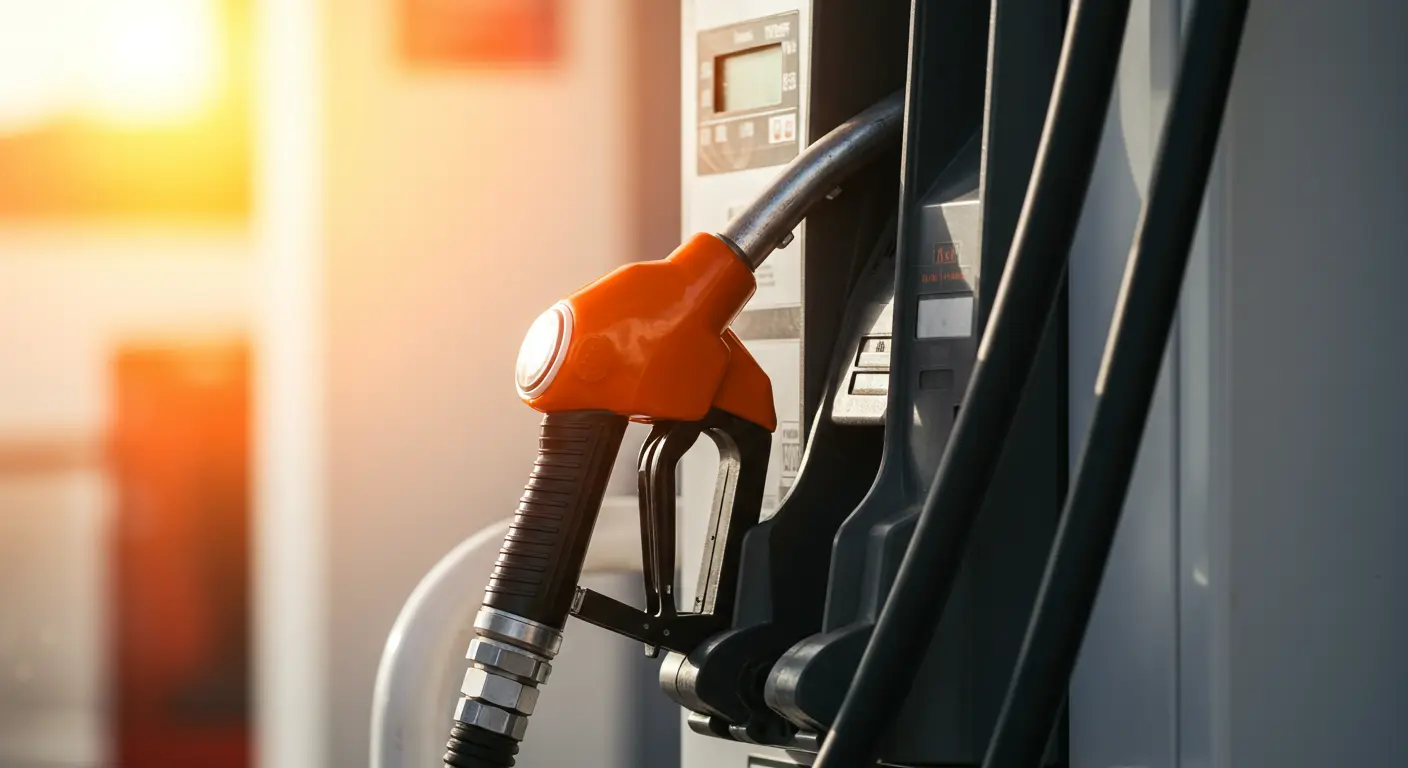A vehicle fire at Normanhurst led to the closure of all lanes in the NorthConnex Tunnel (M11 Motorway) in both directions, causing major disruptions for Sydney commuters.
This incident highlights the risks of vehicle fires in confined spaces like tunnels and the challenges they present for emergency responders.
The Incident: What Happened?
Emergency services were called to the NorthConnex Tunnel after reports of a car fire in the early hours. Video footage from the scene reveals thick smoke filling the tunnel, significantly reducing visibility and creating hazardous conditions for drivers and responders.
Authorities quickly evacuated motorists from the tunnel, while fire crews worked to extinguish the flames. The tunnel’s ventilation system played a crucial role in dispersing smoke, but the extent of the fire necessitated a complete closure to ensure safety.
Car Fire Risks: ICE vs. EVs
The Normanhurst car fire reignites discussions about the frequency and severity of vehicle fires, especially in the context of internal combustion engine (ICE) vehicles and electric vehicles (EVs).
Statistical Insights:
- According to NSW Fire and Rescue, there were 2,803 ICE car fires in the 2022–2023 financial year.
- By contrast, Australia has recorded just 8 or 9 EV fires in total, highlighting a significantly lower risk for electric vehicles.
A study by Swinburne University also found that ICE vehicles are 20 to 80 times more likely to catch fire compared to EVs. Globally, data from EV FireSafe shows just 393 verified EV battery fires between 2010 and mid-2023, out of a global EV population of over 30 million vehicles.
Challenges of Fires in Tunnels
The NorthConnex Tunnel incident underscores the unique dangers posed by vehicle fires in confined spaces:
- Smoke Management: The tunnel’s ventilation systems were instrumental in dispersing smoke, but such fires still pose significant risks to air quality and visibility.
- Emergency Response: Accessing the fire in an enclosed environment added complexity to the response efforts, requiring specialized equipment and coordination.
- Public Safety: Ensuring the safe evacuation of motorists is critical in tunnel fire scenarios, as smoke and flames can spread rapidly.
Footage Highlights: Emergency Response in Action
Video footage from the scene offers a stark reminder of the challenges faced during such incidents:
- Smoke and Flames: The footage captures dense smoke filling the tunnel, making it nearly impossible to see beyond a few meters.
- First Responders: Emergency crews can be seen using advanced fire suppression techniques to manage the blaze.
- Traffic Impact: Vehicles were brought to a standstill as motorists were evacuated, illustrating the wide-reaching effects of the fire.
Fire Risks: Breaking the Myths About EVs
While EV fires are often portrayed as catastrophic, data consistently shows that they are far less common than ICE vehicle fires. However, EV fires have unique characteristics:
- Thermal Runaway: Lithium-ion batteries can experience chain reactions of overheating, leading to intense, prolonged fires.
- Toxic Gases: Both ICE and EV fires emit harmful gases, but the chemical composition of EV fires can pose specific risks to responders.
Despite these challenges, incidents like the Normanhurst car fire remind us that traditional vehicles are far more likely to ignite.
Lessons for Tunnel Safety
Fires in tunnels highlight the need for robust safety measures, including:
- Advanced Ventilation: Effective systems to control smoke and reduce harm to occupants and responders.
- Fire Suppression: Automated systems tailored to address fires from both ICE and EVs.
- Emergency Protocols: Clear communication and evacuation plans to manage incidents swiftly and safely.
Wrap Up
The NorthConnex Tunnel fire serves as a reminder of the importance of vehicle safety and infrastructure preparedness. While incidents like these disrupt traffic and pose risks, they also highlight the advancements in emergency response and tunnel design that mitigate greater harm.
As the automotive industry evolves, with EVs becoming more common, the focus must remain on reducing fire risks and improving safety for all vehicles—regardless of their power source.
















